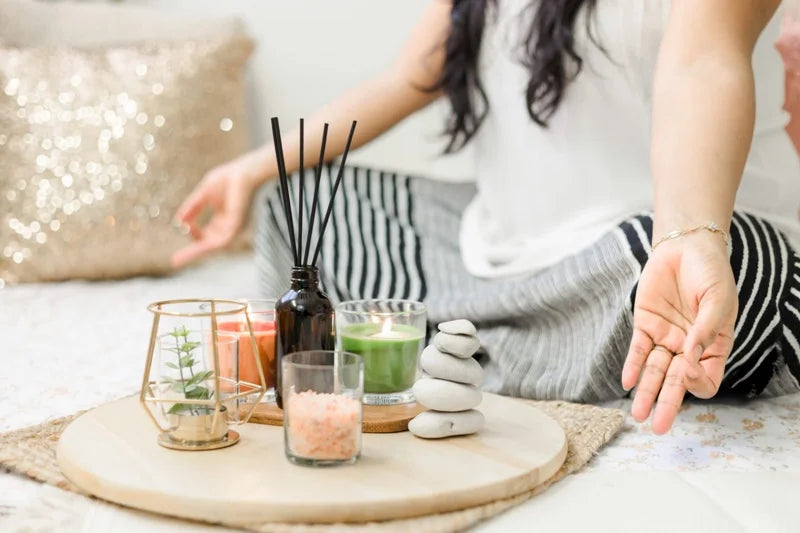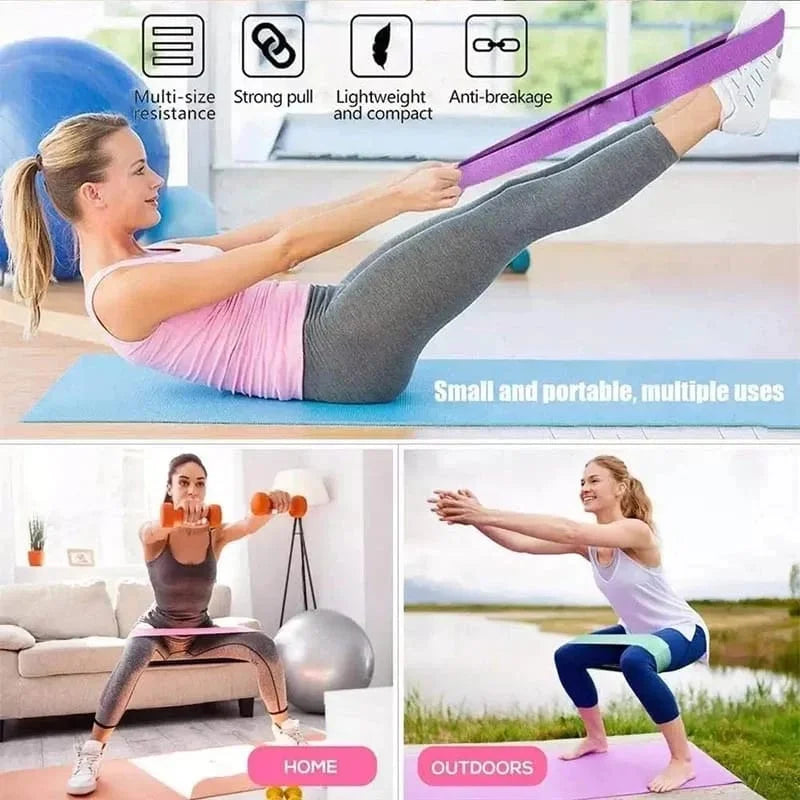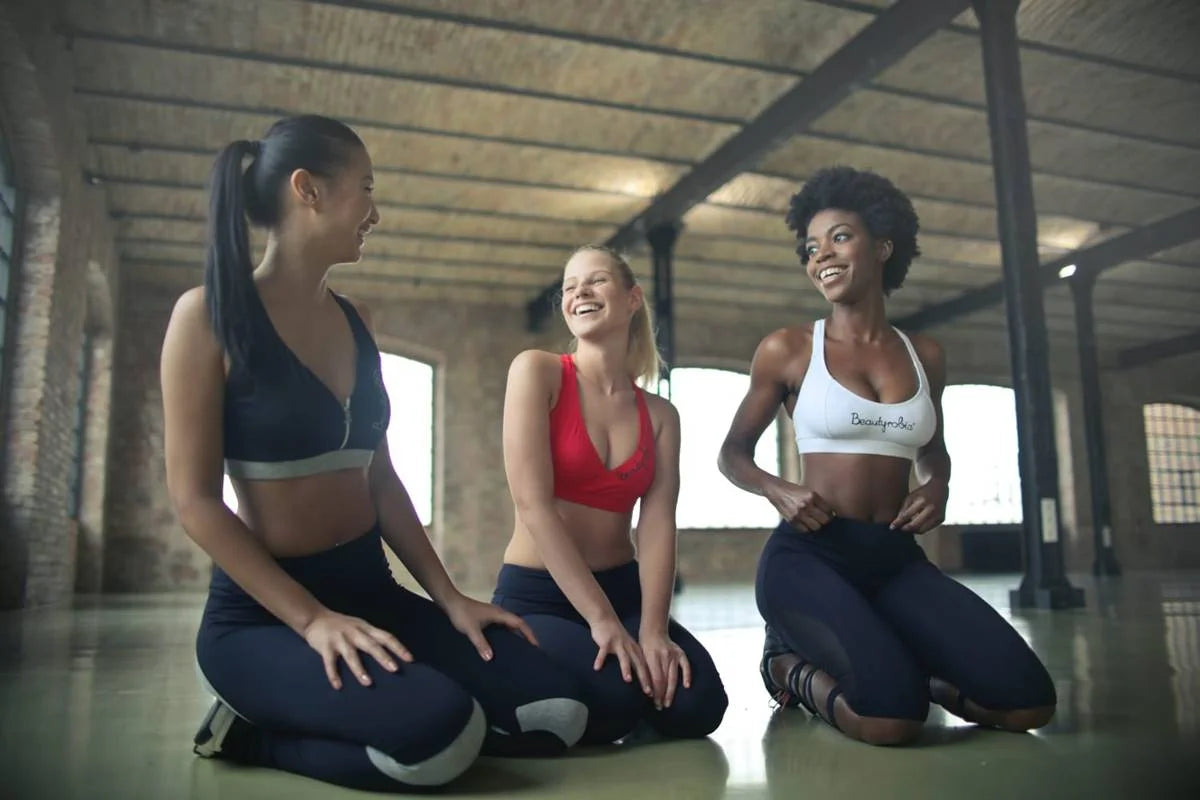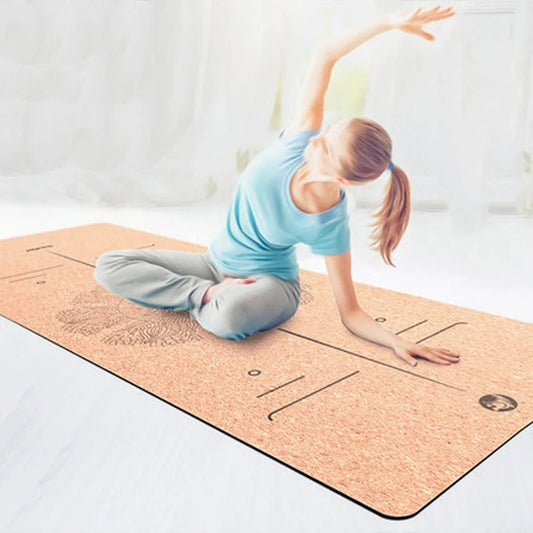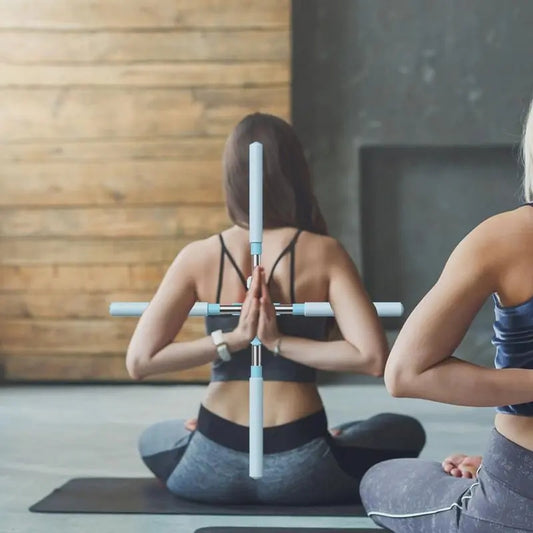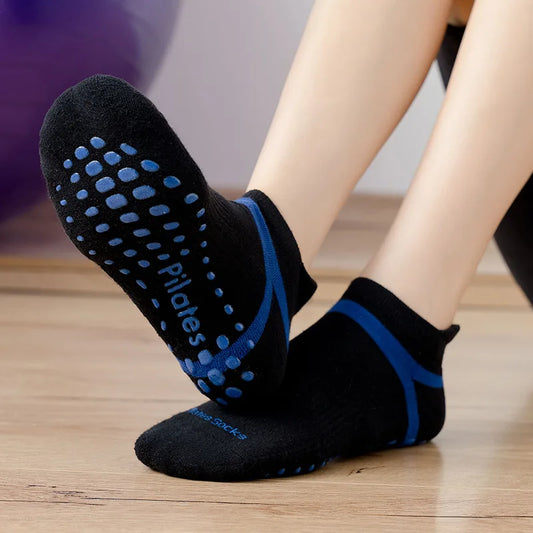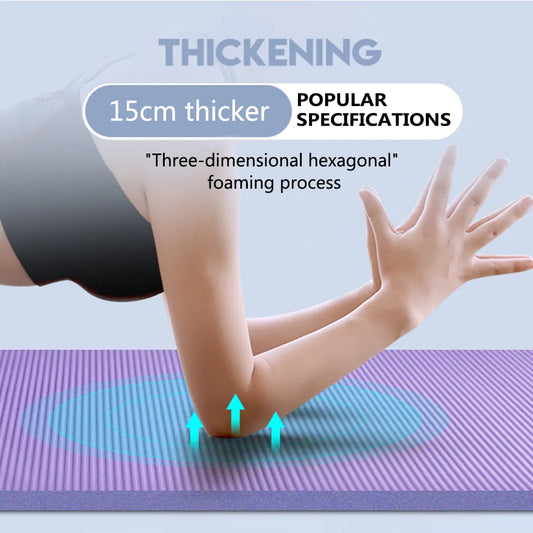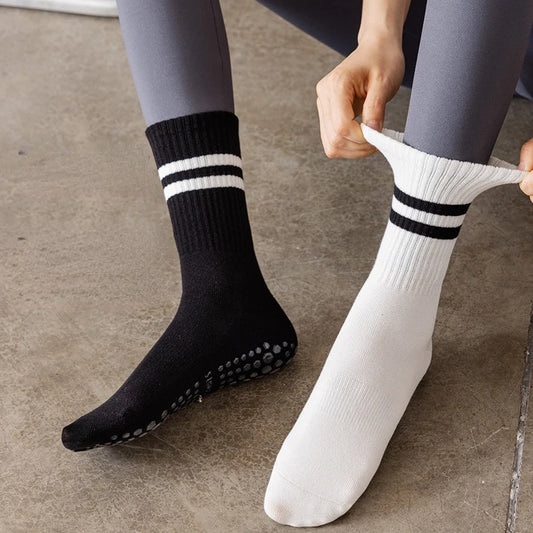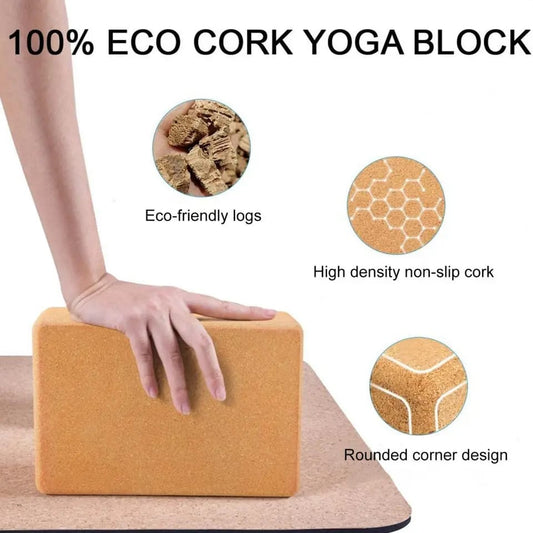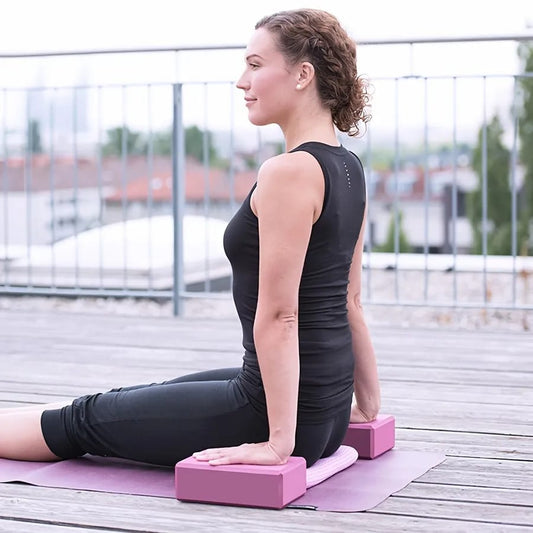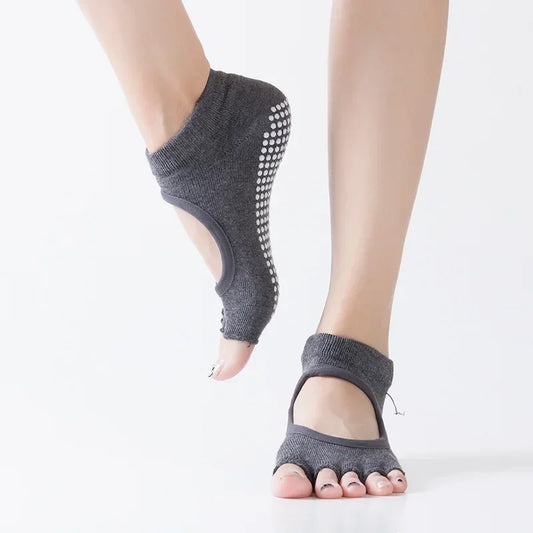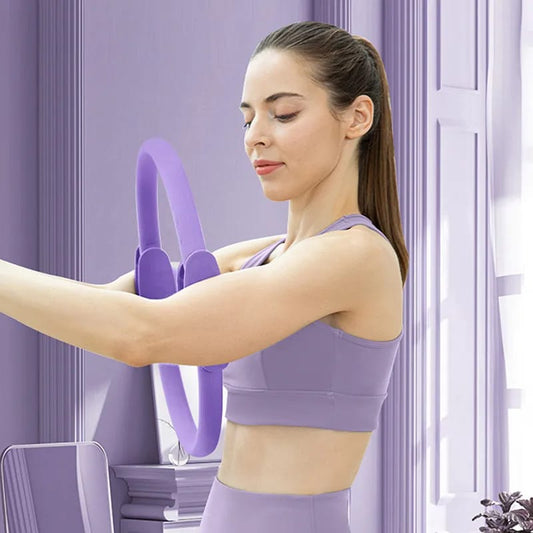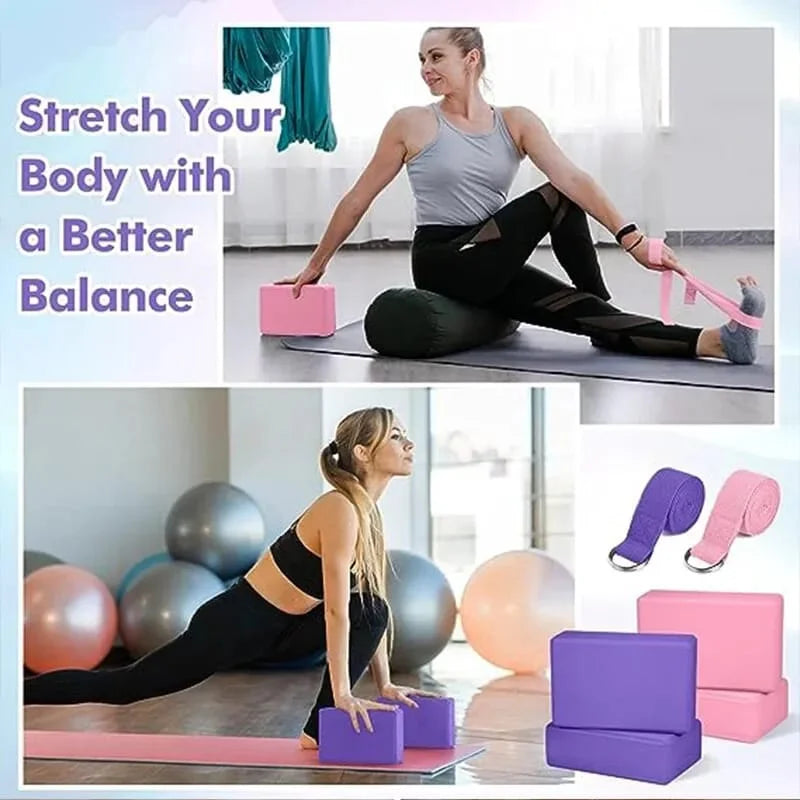Lotus Pose, or Padmasana, is a classic seated meditation posture in yoga.
It symbolizes the lotus flower and is often used for meditation and pranayama practices due to its stability and grounding effects.
This pose requires a significant amount of flexibility in the hips, knees, and ankles.
How to Perform Lotus Pose (Padmasana)
-
Begin Seated:
- Start by sitting on the floor with your legs extended in front of you (Staff Pose or Dandasana).
- Sit up straight with a long spine and engage your core muscles.
-
Bend One Knee:
- Bend your right knee and bring your right foot to your left thigh. The sole of your foot should face upward, and your heel should be close to your lower abdomen.
- Ensure your knee is comfortable and there is no strain.
-
Bend the Other Knee:
- Bend your left knee and bring your left foot to your right thigh, placing the sole facing upward and the heel close to your lower abdomen.
- Both feet should now rest on opposite thighs with the soles facing upward.
-
Adjust and Settle:
- Adjust your legs and feet so that they feel balanced and comfortable.
- Allow your knees to relax toward the floor. If your knees are lifted high, it may indicate tight hips, and you should avoid forcing the pose.
-
Hand Placement:
- Rest your hands on your knees with palms facing upward, or place them in a mudra, such as Jnana Mudra (thumb and index finger touching).
-
Align and Breathe:
- Sit tall with your spine straight, shoulders relaxed, and chin slightly tucked.
- Close your eyes and take deep, steady breaths. Focus on maintaining stillness and relaxation in the pose.
Tips for Lotus Pose
- Warm-Up: Warm up your hips, knees, and ankles with gentle stretches and poses like Bound Angle Pose (Baddha Konasana) or Pigeon Pose (Eka Pada Rajakapotasana).
- Use Props: If you have tight hips, sit on a folded blanket or cushion to elevate your hips and make the pose more accessible.
- Gentle Entry: Avoid forcing your legs into the position. Move slowly and mindfully to prevent injury.
- Alternative: If Full Lotus is too challenging, start with Half Lotus (Ardha Padmasana) by placing one foot on the opposite thigh and the other foot underneath the opposite knee.
Benefits of Lotus Pose
- Stability: Provides a stable and grounded base for meditation and pranayama practices.
- Opens Hips: Stretches and opens the hips, increasing flexibility.
- Calms the Mind: Promotes a sense of calm and relaxation, making it ideal for meditation.
- Improves Posture: Encourages a straight spine and good posture.
Contraindications
- Knee or Ankle Injuries: Avoid Lotus Pose if you have any knee or ankle injuries or pain.
- Tight Hips: If your hips are very tight, work on hip-opening exercises before attempting Lotus Pose.
Practicing Lotus Pose regularly can enhance your meditation practice and increase flexibility in the hips. Always approach this pose with care and respect for your body’s limits.


